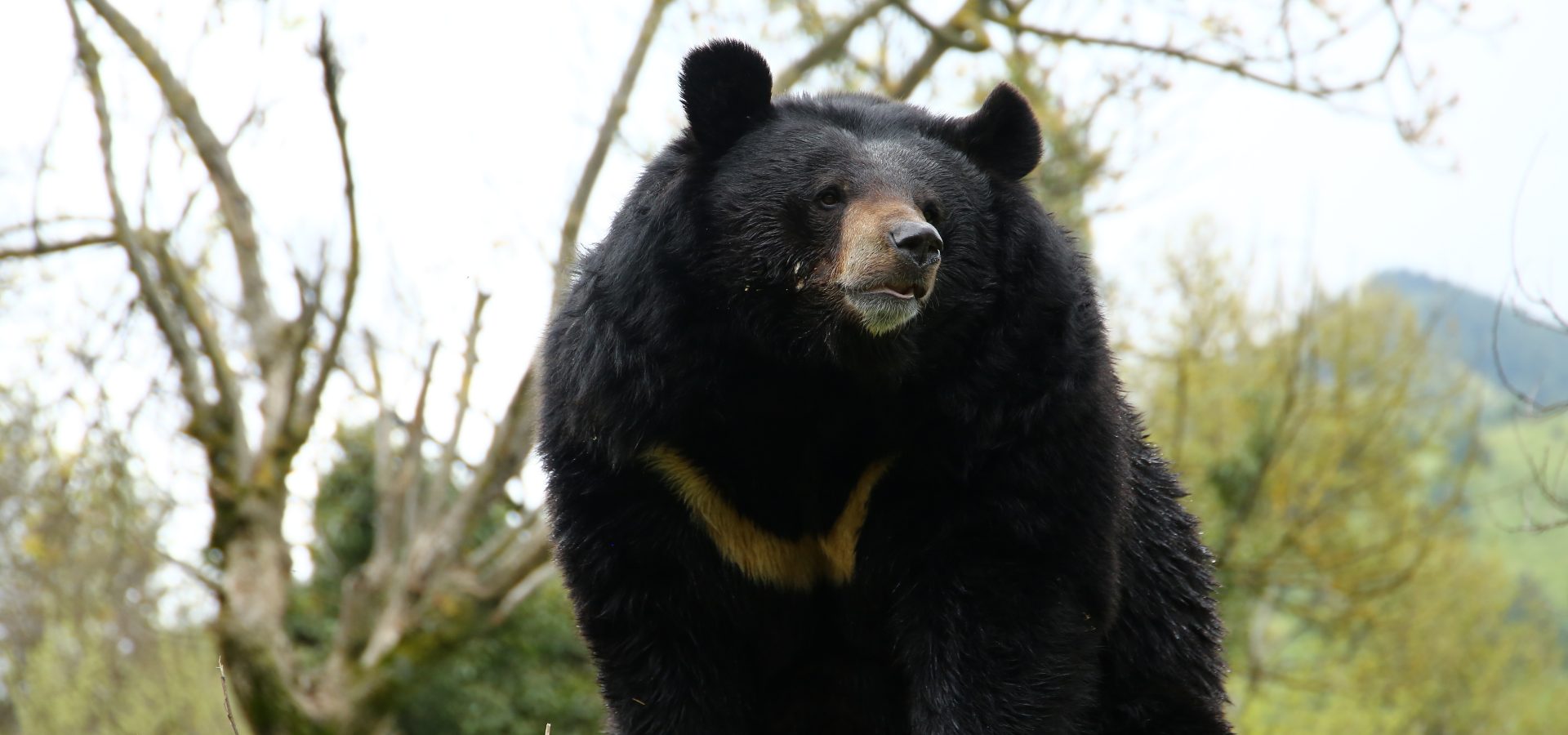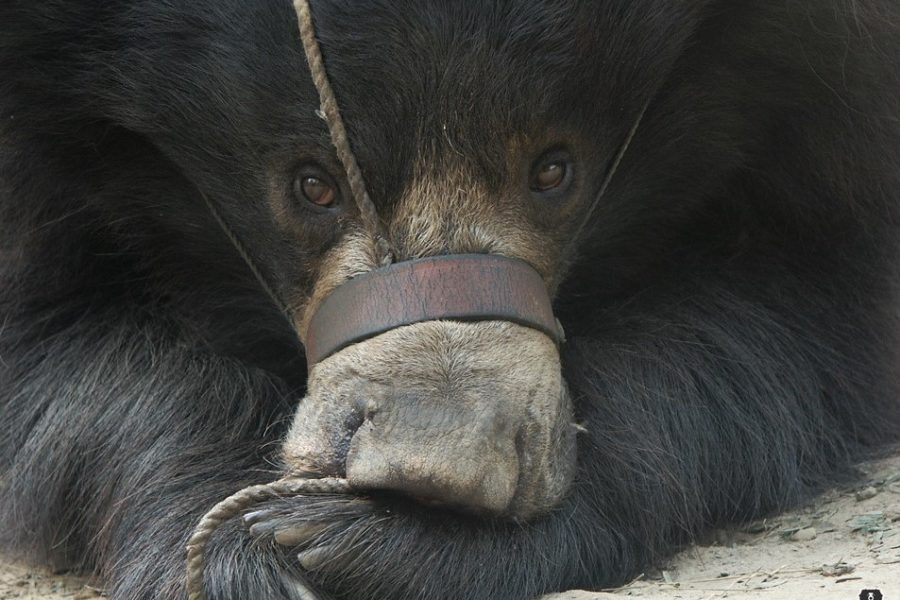“The only reason for being a bee is to make honey. And the only reason for making honey is so that I can eat it.” — Winnie the Pooh
This line from our lovable childhood bear encapsulates perfectly the love bears have for all things sweet, especially honey. The bears at our centres too, love sweet treats like honey and peanut butter. We use these treats in their enrichments and to do positive conditioning so that the bears cooperate well during their routine check-ups. Almost all bear species in the wild pack up their belly with food and gain sufficient weight to survive the hibernation period. What’s rather odd is that despite their enormous intake of carbs, bears never seem to get diabetes!
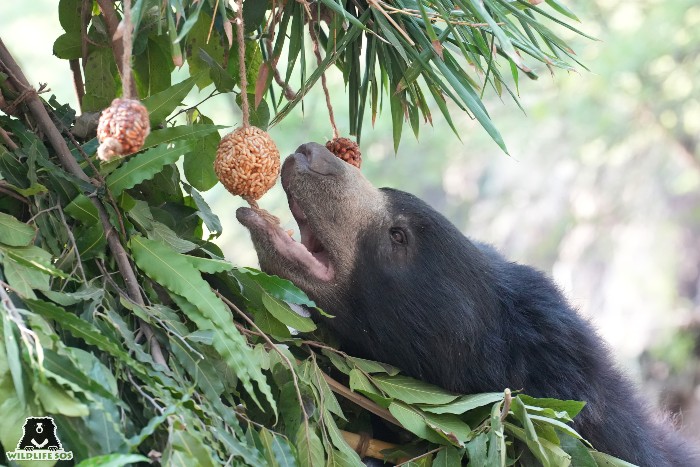
Bear behaviour is highly affected by the seasons. Among the four bear species found in India, the Asiatic black bear and Himalayan Brown bear hibernate for all of winter until spring. During these months, they live off the fat reserves accumulated in their bodies during the summer and fall. The Brown bears consume an ample amount of greens and fruits, along with insects and small mammals to be prepared for winter inactivity. Omnivorous Black bears relish fruits and grains as well as termites that they can dig out with their long claws, before hibernation sets in.
If humans followed a routine of eating tons of calories per day, ballooning in size, and barely moving around for a few months, the health outcome would be a guaranteed catastrophe.
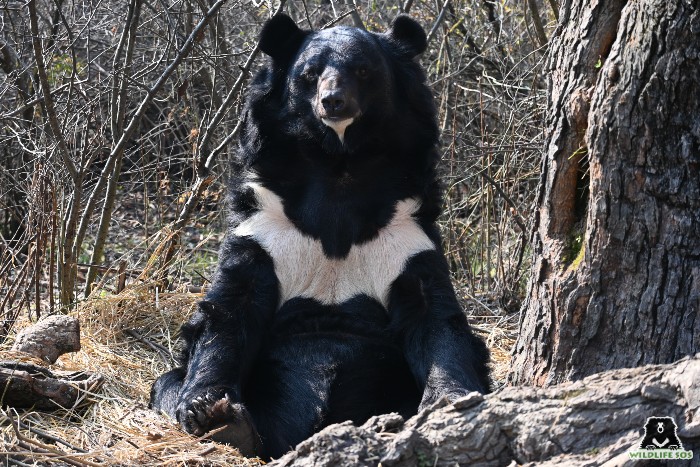
So, How Do Bears Remain Healthy?
In order to cope with this rigorous routine, hibernating bears possess a mechanism via which they develop resistance to the hormone insulin. Insulin is a critical hormone for all animals as it regulates their blood sugar levels. In a normal, healthy being, insulin helps absorb glucose (or sugar) from the food that is eaten into the cells, where it is either immediately used or stored for later use. However, when a person has diabetes, this process does not work properly. Diabetes occurs when insulin levels are low, and therefore, the level of sugar in the blood is high.
When bears hibernate, their activity levels are nearly next to none. Organs in their bodies slow down their functioning to conserve energy. This is the time when bears develop insulin resistance in their muscle and fat cells that stops glucose from reaching them. However, the most vital and active organ of a hibernating bear, the brain, does not depend on insulin to get glucose — directly from the bloodstream.
When spring arrives and hibernation ends, the whole mechanism is reversed. The bears switch off insulin resistance, which brings the sugar back into the muscle and fat cells.
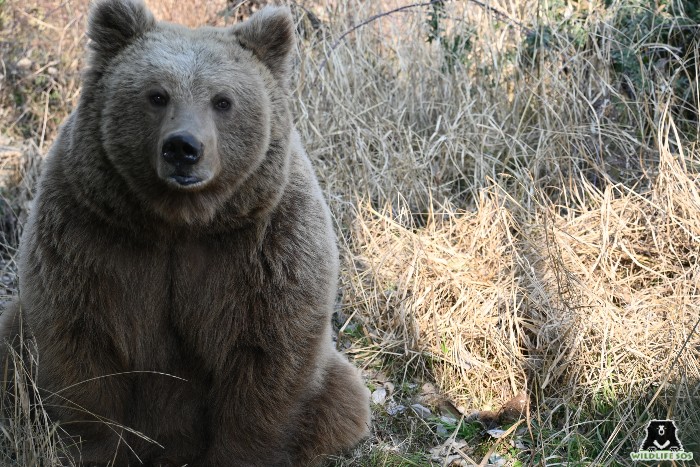
Scientists have discovered that insulin resistance and regulation in Grizzly bears of North America is possible because of the presence of eight proteins, which are also found in humans. By analysing the levels of molecules in the blood, liver, and fat cells of Grizzly bears, a protein termed as PTEN was found, which was responsible for controlling insulin sensitivity and resistance independent of weight gain or loss.
In the fall, PTEN in the fat cells of the bears shut down. With the bear gaining weight during this time, the fat cells continue to respond to insulin that is directing the sugar towards storage. The switched-off protein allows bears to maximise glucose storage in their bodies for the winter season.
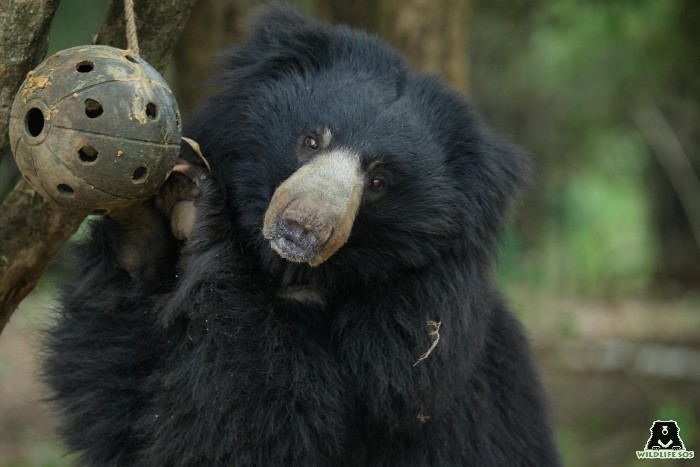
However, this is not the case for the Sloth bears in our care. Unlike most bear species, Sloth bears and Sun bears do not hibernate. They also do not have the same drastic reductions in body temperature as hibernating bears during the winter season. Given that a lot of research is yet to be conducted for this bear species, so far, barely any information is available on the seasonal metabolic changes of Sloth bears.
A study of Sloth bears in our care was conducted by members of our team to assess the effects of body weight and seasons on serum lipid levels of the bears. Serum lipid profile of a bear reveals the levels of cholesterol and triglycerides (a type of fat found in blood) in the bear’s body. Cholesterol and triglycerides levels of Sloth bears were found to be higher than the data available on Himalayan Brown bears and Asiatic Black bears. The study cites that variations in their serum lipid levels may be, in part, due to the variety of food available in their habitat based on seasons. Collection and compilation of data on blood sugar levels of Sloth bears is a significant and ongoing project.
With limited information at hand, it has become paramount for further physiological studies to be conducted in order to fully understand Sloth bears. Our team of experts at Wildlife SOS has been at the forefront of this mission to ensure constant and dedicated care of rehabilitated bears. You can support our efforts by making a contribution.

